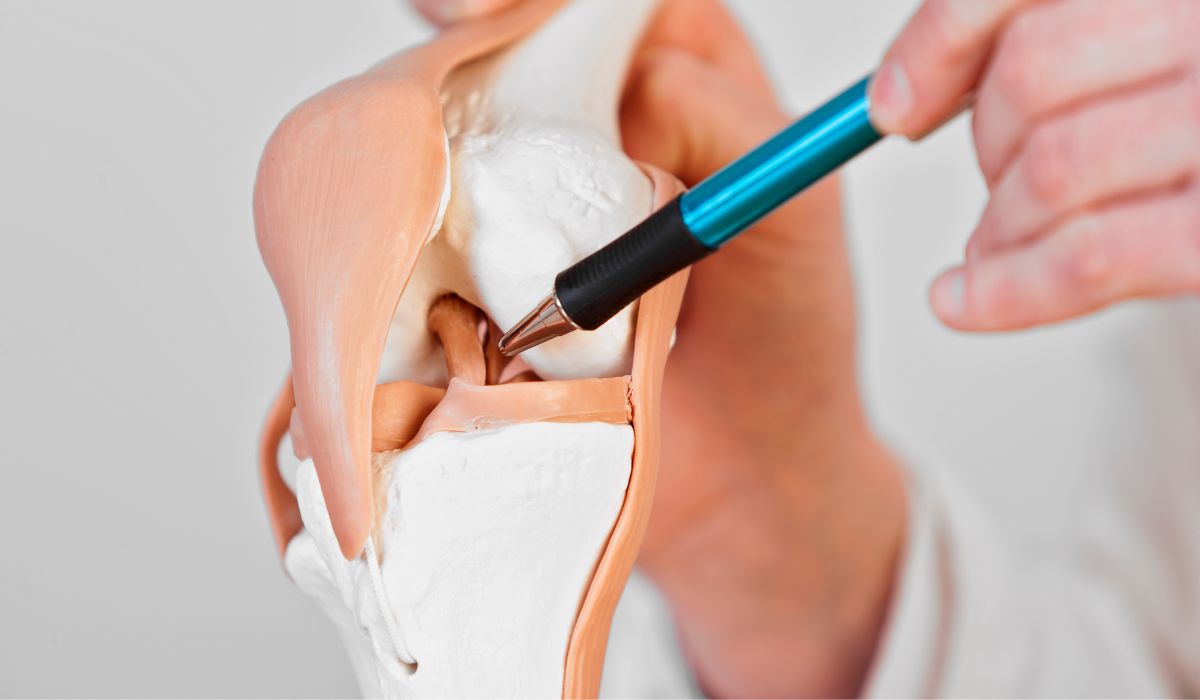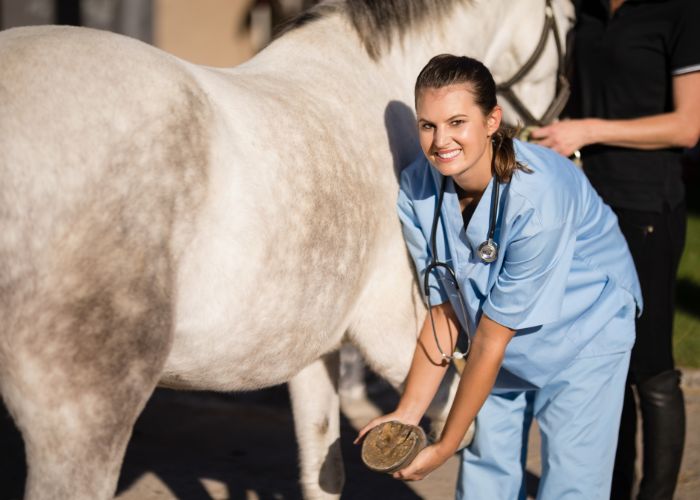Oblique sesamoidean ligament horse injury is not a very common health issue, but it still could occur, and it can be a difficult one to care for. Diagnosis alone is challenging as ultrasounds are not particularly accurate; thus, only an MRI would be more precise.
The elegant form of horses is only further complemented by their long legs. The structure of a horse’s legs is also the focus of many injuries they can develop. Knowing what can go wrong will help in finding what care to provide or even preventative measures.
Learn more about Best Jumping Exercises For Horses That Rush
What Are Sesamoids?
A horse’s anatomy is different than that of humans, so where is the Sesamoidean ligament in the horses’ leg located? The sesamoid bones come in pairs within each leg of a horse, anchored by the sesamoidean ligaments.
The ligament itself is located on the rear part of the fetlock joint. These bones and ligaments can be seen as a horse’s suspensions, as they bear the horse’s weight and support the fetlock joint.
One of the two sesamoid bones is called the navicular, which can be subject to other health issues. Because of the position of these two bones in the horse’s foot, they experience much pressure, holding the body weight. This means it is likely going to be vulnerable to injury, which in turn leads to discomfort and pain.
Oblique Sesamoidean Ligament Horse – Risk And Why It Occurs?
Horses are by their nature active animals, but some can have an even higher active lifestyle. Horses that are frequently exposed to high-speed running and jumping are at higher risks of oblique sesamoidean ligament horse injury. This injury can be due to the stress on the bone, which causes inflammation of the sesamoid bone and ligaments.
More extreme cases could result in the fracturing of the sesamoid bone. The complexity of the horse’s joint increases the probability of affecting the surrounding bones and ligaments. As a critical part of the horse’s anatomy, it requires great attention.
Symptoms Of Oblique Sesamoidean Ligament Horse Injury
Lameness is the first symptom to see in a horse with such an injury, but it will depend. Earlier stages of an injury may not manifest in lameness and thus be harder to discern. A more advanced injury will come with a more visible pain reaction as the horse tries to move its fetlock.
There is also the possibility that the fetlock will be hot to the touch, a sign of internal damage. Swelling can soon occur, further signaling a more severe injury around the area. All these are harsher symptoms, and they potentially signal a need for urgent medical care.
Milder symptoms are also not to be ignored either. It can be harder to diagnose exactly what may be wrong with the horse’s feet, but a vet will be needed. Any suspicion around the horse’s feet should be taken seriously, and earlier intervention will prove more successful.
Oblique Sesamoidean Ligament Horse Damage Treatment
Dealing with injuries like these comes with how do you treat collateral ligament damage in horses? Since the joint is so intricate, injuries can domino and affect an even wider area. This will come with further concern about how long does it take for a ligament to heal in a horse?
Fortunately, this injury can be fully treatable with no severe effects in the long run. Treatment first comes with rest and recovery time, which will mean time on box rest. As difficult as it sounds, a horse will need a period of rest on the road to recovery.
Reducing inflammation is the next step, and this will surely have to come from anti-inflammatory prescription medication. Reducing inflammation is also done with ice boots for horses. There could also be a need for intra-articular treatments for the fetlock joint. This is usually done with hyaluronic acid, which reduces the inflammation in the joint.
More severe cases can require an operation to either repair or remove the sesamoid or repair the ligaments. There is also the option of therapy shoes with bars to help sustain the joint and ligaments. Therapy shoes like this will have to be discussed with a farrier. It can take around six to eight weeks to treat an injury like this and see results.
Preventative Measures
Of course, the best way to help a horse with oblique sesamoidean ligament horse injury is by preventing it. Good farrier work in shoeing a horse is imperative in offering support and possibly even preventing future injury. Poper shoes will also increase a horse’s ability to keep an even footing, reducing the risk of damaging the fetlock.
Avoiding fatigue is important, so keep an eye out for tiredness, and stopping any exercises is advised. This is especially true with performing horses that take part in competitions. Along the same lines, regularly monitoring the condition of a horse’s joints, ankles and feet is a good way to spot any damage.
In Conclusion
As scary as it sounds to deal with a horse’s issues with oblique sesamoidean ligament horse injury, it’s a solvable issue. Knowing what signs to watch out for is most important, as well as checking in for any injuries. Prevention is often times the best, but when this fails, there are plenty of treatment options to help as well.
How long does it take for a ligament to heal in a horse?
There are many steps to implement when treating an oblique sesamoidean ligament horse injury. The most important step is rest and that alone can take a while. To be able to see any significant results it will take about six to possibly eight weeks of treatment. Healing is a difficult period and time usually is needed in cases like this.
How do you treat collateral ligament damage in horses?
Many options are available to treat oblique sesamoidean ligament horse injury. For starters, box rest will be needed to relieve the strain on the joint. While this is underway, ice boots for horses can be used to reduce inflammation. Anti-inflammatory medication will be needed as well, to further help with the healing process.
Where is the Sesamoidean ligament in horse?
The lower part of a horse’s joint has two sesamoid bones onto which the sesamoidean ligament is attached. This is usually located near the back part of the fetlock joint, which further attaches to the pastern bones in a complex bone structure.
Read more about Can A Horse With Navicular Jump?

